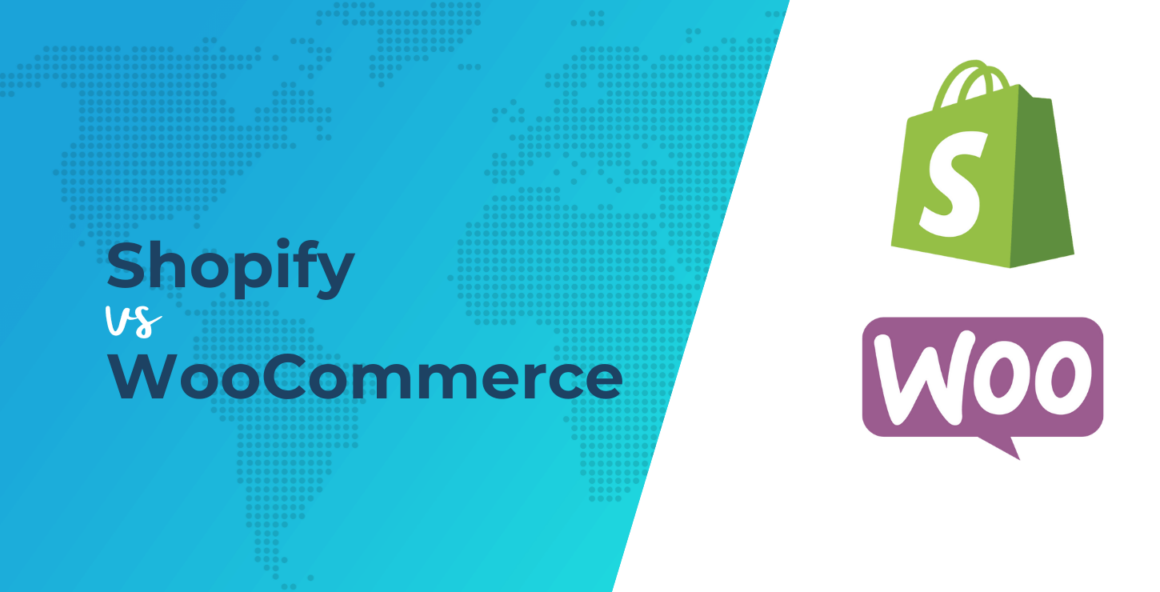Using the WooCommerce settings, you can adjust your tax rates, payment methods, shipping zones, and more:
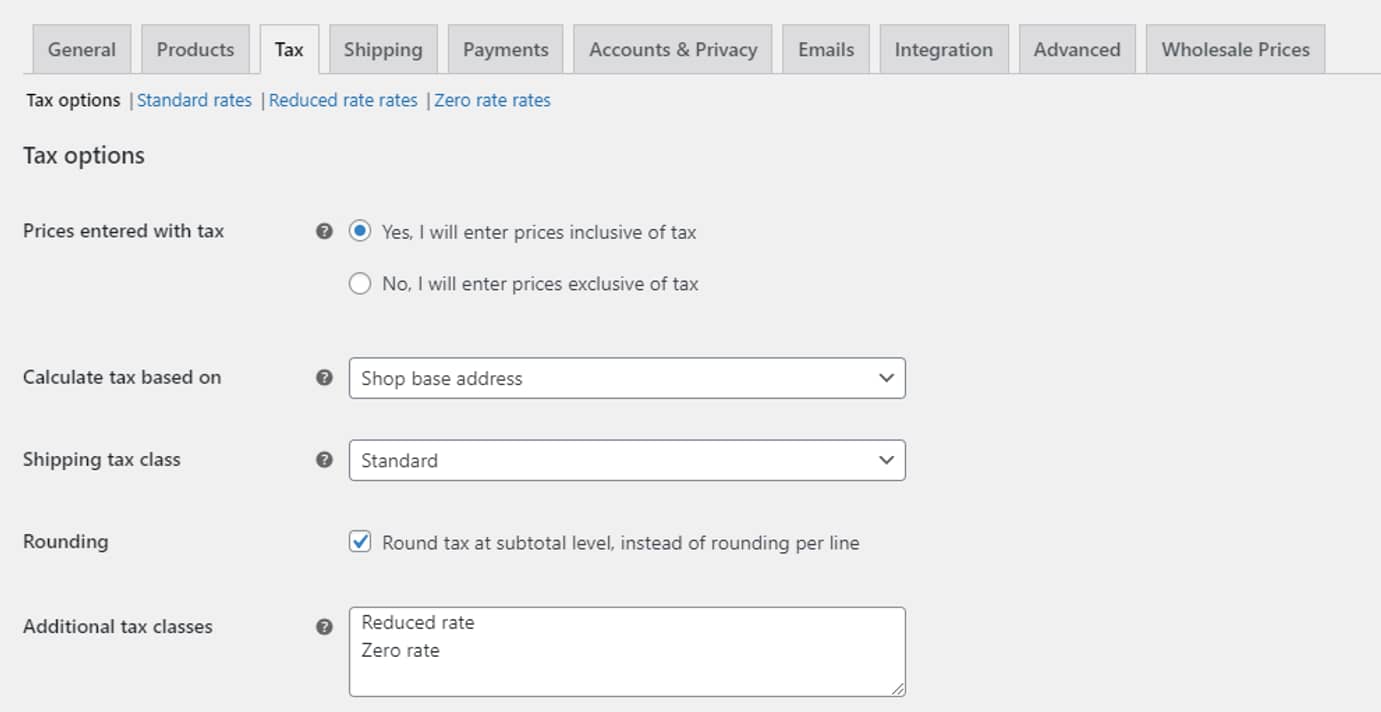
If you choose a quality theme like Neve for your WooCommerce shop, you’ll be able to get it up and running fairly quickly by using Neve’s pre-built starter sites. You can search for store-themed designs with the click of a button. Just tap “WooCommerce” and the world is yours:

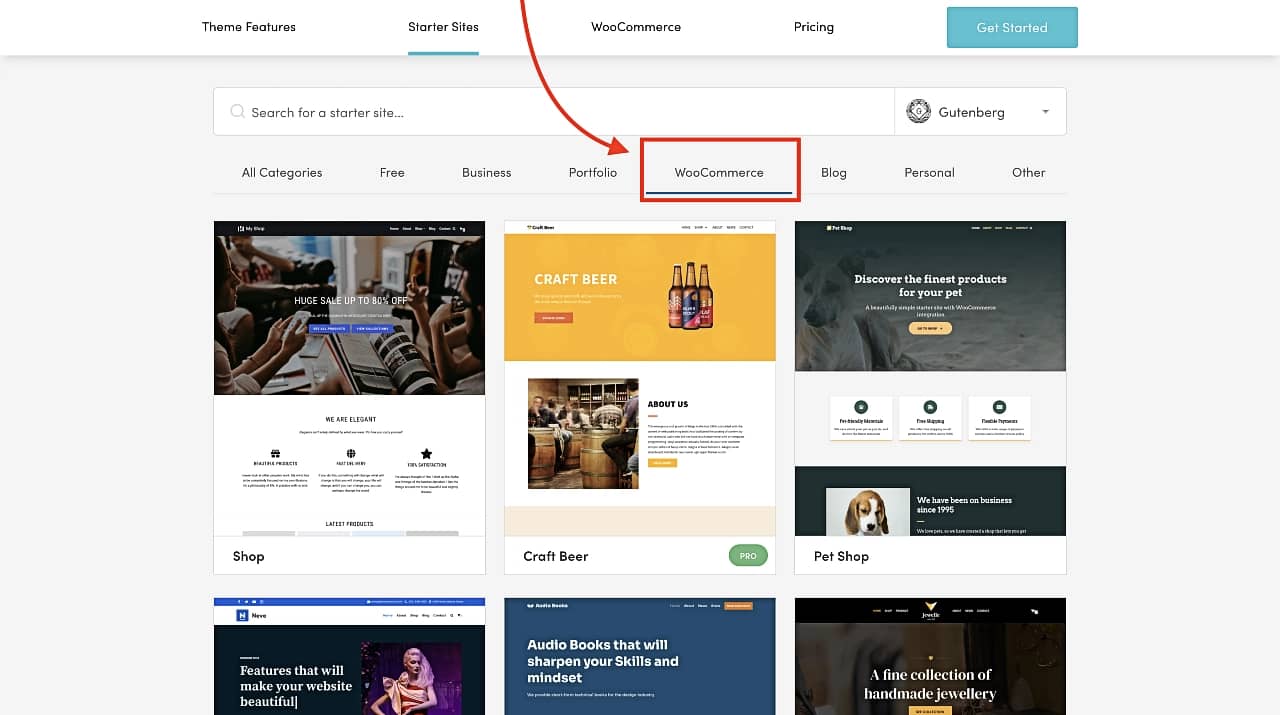
If you’re willing to shell out a little bit of cash, then the pro version of Neve will unlock an entire suite of WooCommerce features that will upgrade your store from great to elite:

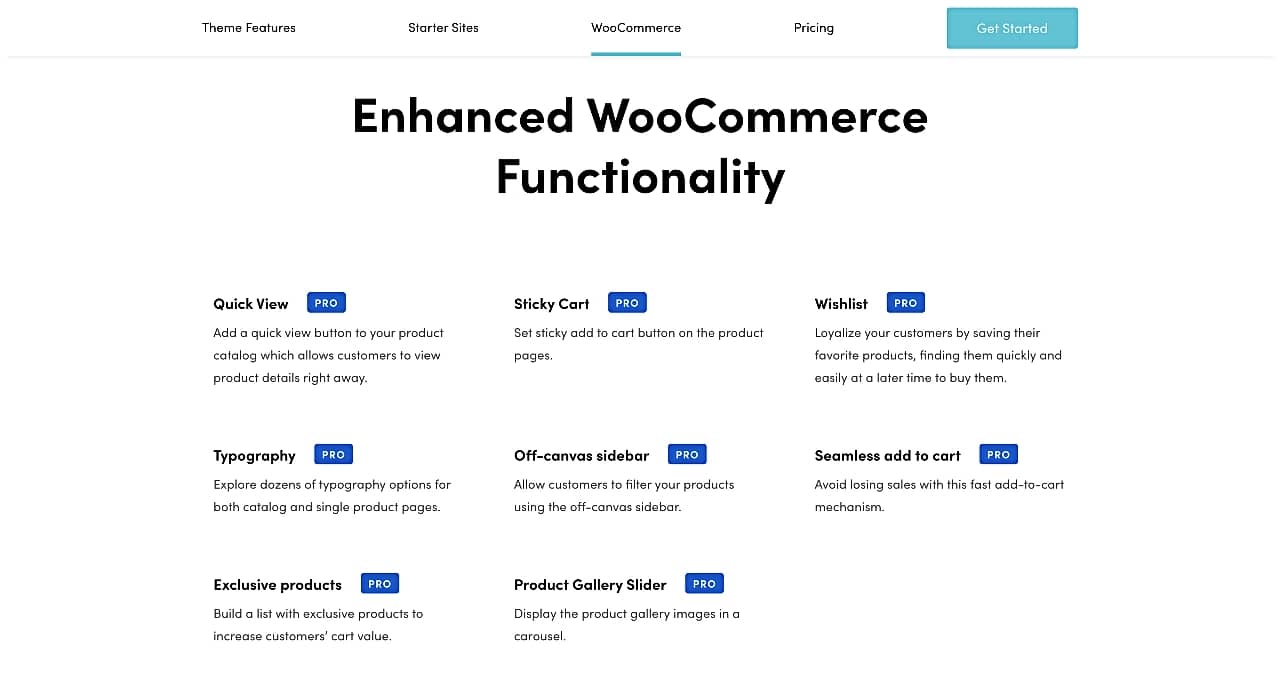
Overall, WordPress comes loaded with benefits, but much like Shopify – or any other ecommerce platform for that matter – it’s not ideal for everyone.
The not-as-easy part
Since your store will be self-hosted, you’ll have to take care of registering your domain name, setting up hosting, installing a WordPress theme, familiarizing yourself with essential plugins like Yoast SEO, establishing security measures like SSL certificates, and other important tasks. It might sound like a lot when you read it off the page, but it’s not very complicated. Plus, some of these things (e.g., choosing a theme) you have to do with Shopify too.
Having said that, if you’ve never done it before, there is no denying that it has a bit of a learning curve. If you’re the type of person who just wants everything all in one place and you don’t care as much about customization, then you might not pick WooCommerce in the Shopify vs WooCommerce battle for this reason.
WooCommerce integrations and add-ons ⌛
When you first install WooCommerce, you’ll have enough there to build a simple, fully functional ecommerce shop. For additional features, such as product swatches, live chat, and other useful tools, you’ll need to install some extensions or plugins (or in many cases, both).
The good news is that WooCommerce has a huge collection of extensions. These include payment and shipping tools, customer service and marketing solutions, and more:

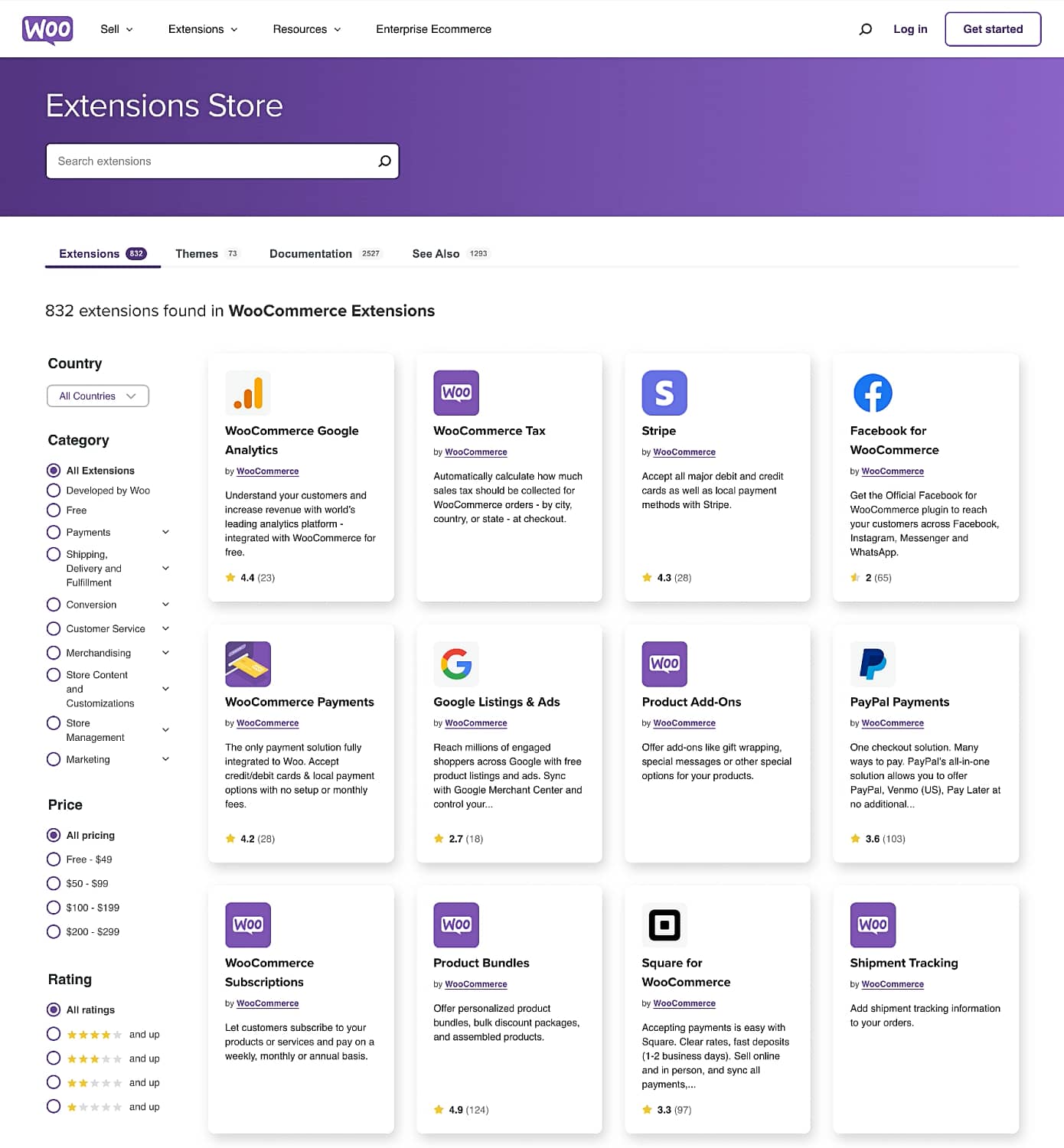
And that’s just the WooCommerce specific options. When you add in the 59,700 WordPress plugins in the official WordPress repository (a handful of which we mentioned in the AI features earlier), there is almost no limit to how you can augment your store. Everything from contact forms, pop-ups, social media integrations, and more will be at your disposal in just a few clicks.
If that’s not enough, you can also add on the fact that WooCommerce was created with the WordPress REST API. This means it can integrate with almost any third-party service, including payment processors like PayPal, Stripe, Square, and Amazon Pay. Overall, it’s hard to argue that WooCommerce doesn’t come out on top in this category of the Shopify vs WooCommerce battle.
WooCommerce pricing 💳
Okay, so we already stated that WooCommerce is a free plugin. However, in a practical sense, you’ll still need to invest some money to run everything. Remember the domain name and web hosting we also mentioned earlier? That’s where the spending comes in. Don’t worry though, it’s not extremely expensive.
There are lots of hosting companies that offer affordable ecommerce plans for WooCommerce stores. You can browse around and pick the most suitable one for you.
Beyond those foundational costs, you’ll also probably want to spend a little bit of money on certain WooCommerce extensions. The prices of these can vary quite a lot. You’ll find some that are completely free, while others might run from anywhere between $20 to $300+. The same goes for WordPress plugins, though plugins tend to have more freemium options that are usually sufficient for those who are just starting out.
Shopify vs WooCommerce: Which one is better? 🤔
Both Shopify and WooCommerce are powerful ecommerce platforms with their own set of advantages and disadvantages. Shopify is known for its user-friendly interface and ease of use. This makes it a popular choice for beginners or small to medium-sized businesses looking for an all-in-one solution with built-in features and support. However, Shopify’s fully hosted nature means that it may have limitations in terms of customization and scalability for advanced users or larger businesses with specific needs.
On the other hand, WooCommerce is a highly customizable platform that offers more control over the design and functionality of an online store. WooCommerce’s integration with WordPress provides access to a vast selection of third-party plugins and extensions. This makes it a much more flexible platform for intermediate to advanced users or larger businesses. However, WooCommerce’s self-hosted nature means that you’ll be responsible for choosing an appropriate hosting provider and upgrading your hosting plan as your ecommerce business continues to grow. While this means that scaling is not limited by the platform itself, it does put more onus on you to pick an appropriate hosting provider to match the volume of your business.
So ultimately, when we talk about Shopify vs WooCommerce, the reality is that neither one is “better.” It all depends on you and which aspects of both platforms appeal to your unique needs.
Final thoughts on Shopify vs WooCommerce 🏁
Ultimately, the choice between Shopify vs WooCommerce comes down to your specific needs and preferences. If you’re a complete beginner who isn’t very tech savvy, then you may find comfort in Shopify’s ease of use and built-in features.
However, if you’re at least moderately comfortable with using web tools of various kinds and know how to use WordPress (or are willing to learn), then you will absolutely prefer the flexibility and control offered by WooCommerce’s customizable platform.
Furthermore, it’s also important to carefully consider the features, pricing, and support options of both platforms before making your decision. For example, if you’re really into the current trend of using AI tools to improve your overall workflow and efficiency, then you will have way more options with WordPress and WooCommerce than you will with Shopify. On the other hand, if you need a lot of handholding and customer support, then you’re not going to beat Shopify’s multi-channel support system, including 24/7 phone availability. The pricing could go either way.
👉 Here’s a final, quick recap of these two ecommerce heavyweights based on the criteria we covered:
| Criteria | Shopify | WooCommerce |
|---|---|---|
| Features | 🏆 | |
| AI features | 🏆 | |
| Ease of Use | 🏆 | |
| Integrations and add-ons | 🏆 | |
| Pricing | No clear winner | No clear winner |
Hopefully, after having read everything above, you now feel fully informed and ready to build your online store with whichever of the two platforms fits you best. Good luck on your ecommerce journey!
Do you have any questions about Shopify vs WooCommerce? Let us know in the comments section below!
Keep reading the article at CodeinWP. The article was originally written by Martin on 2023-12-06 07:00:00.
The article was hand-picked and curated for you by the Editorial Team of WP Archives.

